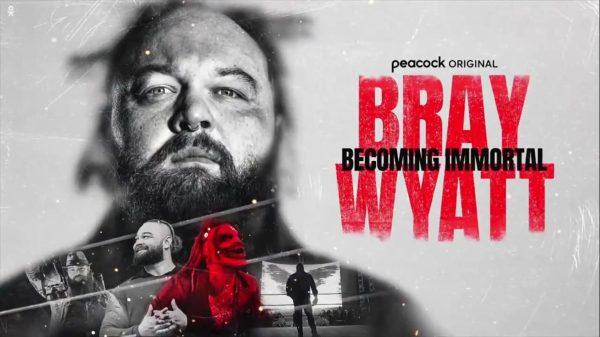REVIEW: ‘The Invisible Man’ finds terror out of what you don’t see
The horror film brings the classic movie monster into reality
In “The Invisible Man,” Cecilia (Elisabeth Moss) must fight off her abusive ex that she unfortunately can’t see. Opinion writer Bradley Hinkson writes that the film revamps an old monster for modern times. Photo courtesy of Universal Pictures.
March 9, 2020
In the last decade, Universal had three attempts to revamp their classic monsters in 2010’s “The Wolfman,” 2014’s “Dracula Untold,” and 2017’s “The Mummy” and each one failed.
But at the start of this new decade, they may have finally found their success.
“The Invisible Man” updates the classic horror monster to deliver an extremely tense and genuinely creepy experience that is able to not only find terror out of what you can’t see but also out of being gaslit by a real monster.
Cecilia (Elisabeth Moss) has run away from her abusive boyfriend Adrian (Oliver Jackson-Cohen) and hopes finally to be rid of him. After he supposedly kills himself, she starts to think she is finally free, but starts to realize that he’s still following her even though she can’t see him.
Story continues after video
Director Leigh Whannell has to tackle a lot here to update a classic story and create terror out of nothing visible. Thankfully, he pulls this off extremely well.
Whannell uses negative space within a frame masterfully here. He plays around with our own expectations. Where we expect to find Adrian in the frame, no one is there.
One of the smartest choices Whannell makes is when he has the camera follow Cecilia and it becomes obvious that we are seeing things from Adrian’s point of view, creating more tension.
It’s an incredible technical achievement that comes off as even more impressive when you realize the film only cost $7 million. It rivals set pieces done by much larger budgeted films.
The true effect of the fear is felt thanks in part to another great performance from Moss. She really captures Cecilia’s emotional pain and trauma in a realistic manner early on in the first half of the film.
But as the film continues, and Adrian is constantly messing with her, she loses more and more of her sanity and it’s where Moss really shines. It’s an unhinged performance but inside she’s still a victim.
Unlike many of the classic Universal monster films, like “Dracula” or the original “The Invisible Man,” this new version focused on putting the spotlight on the victim rather than the monster. And the monster isn’t just one in the horrific sense but a real “monster” we see many times in the real world.
Adrian isn’t just scary because we can’t see him but because there are many people like him. He’s a manipulative abuser who gaslights Cecilia and hurts everyone around her. He isn’t a movie monster, he’s a real one.
Whannell makes the smart decision to not just set this classic story in modern times but also make it a contemporary story thematically. We’ve progressed in a way to tell the stories of the victims of real monsters.
This is a film that understands the fears of abuse victims but never exploits their pain. Whannell mixes the terror we normally associate with most horror films but also the terror most victims feel when just walking down the street.
“The Invisible Man” could have been another failed attempt to reboot an old franchise but thanks in part to Whannell’s very smart writing and direction, and a commanding lead performance from Moss, that couldn’t be farther from the case.







































































































































